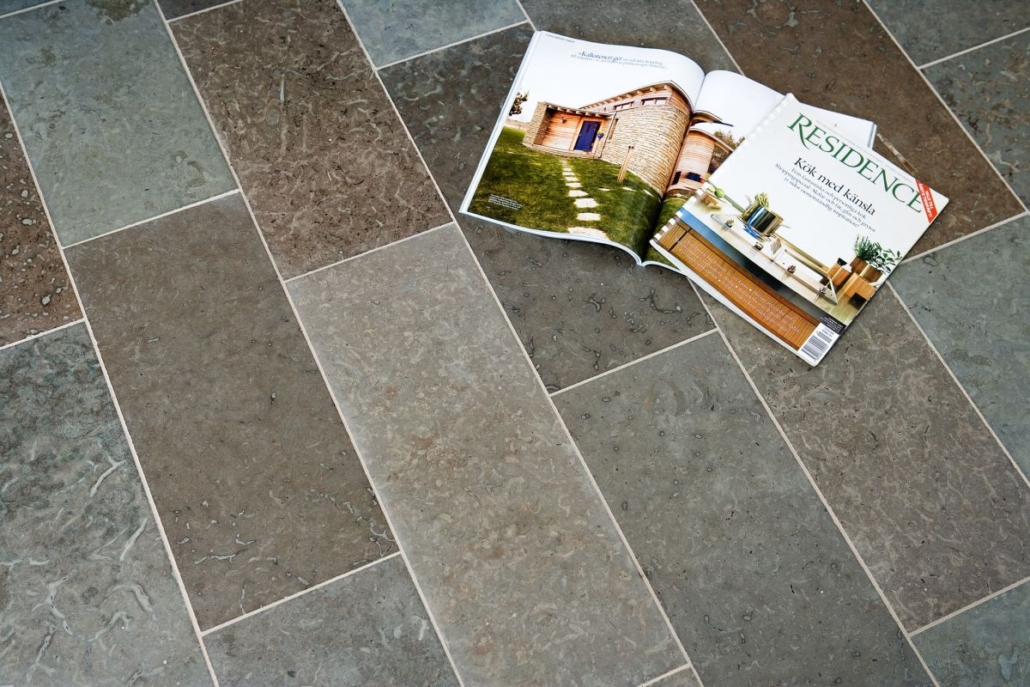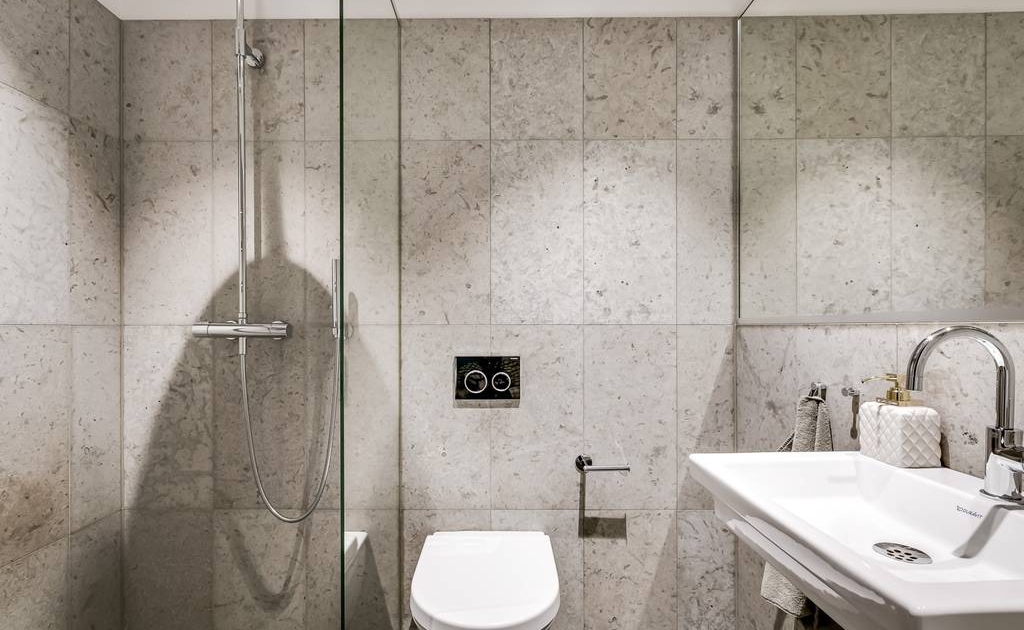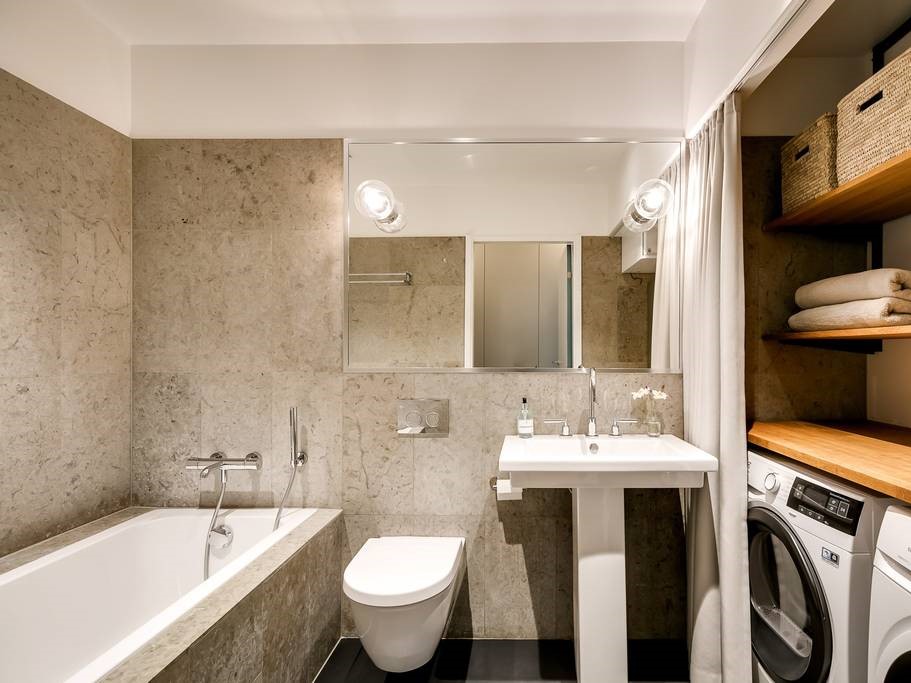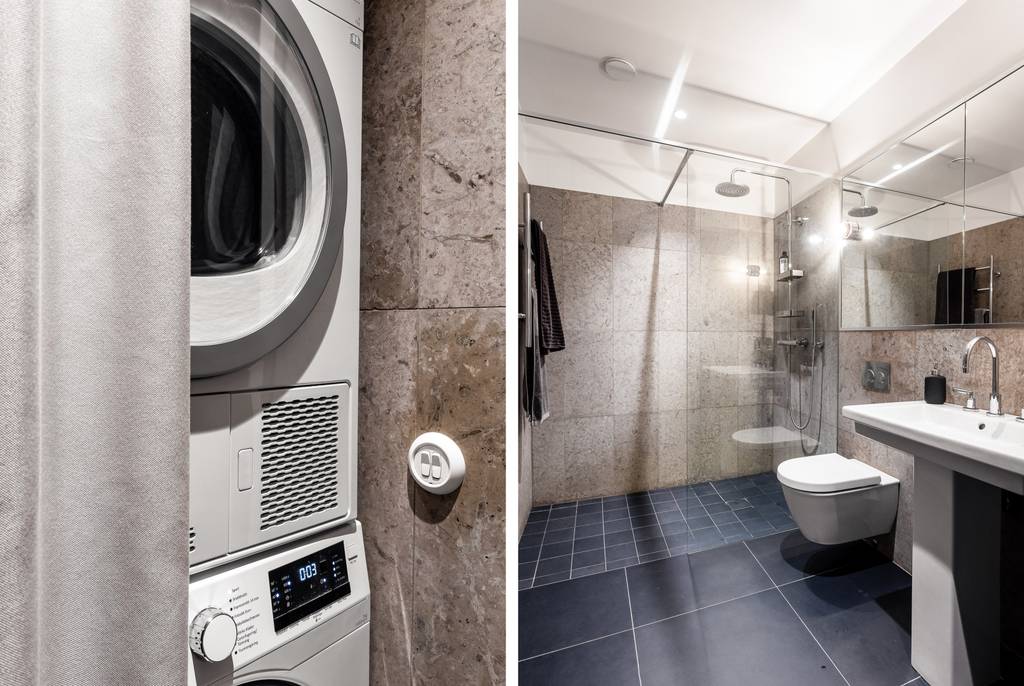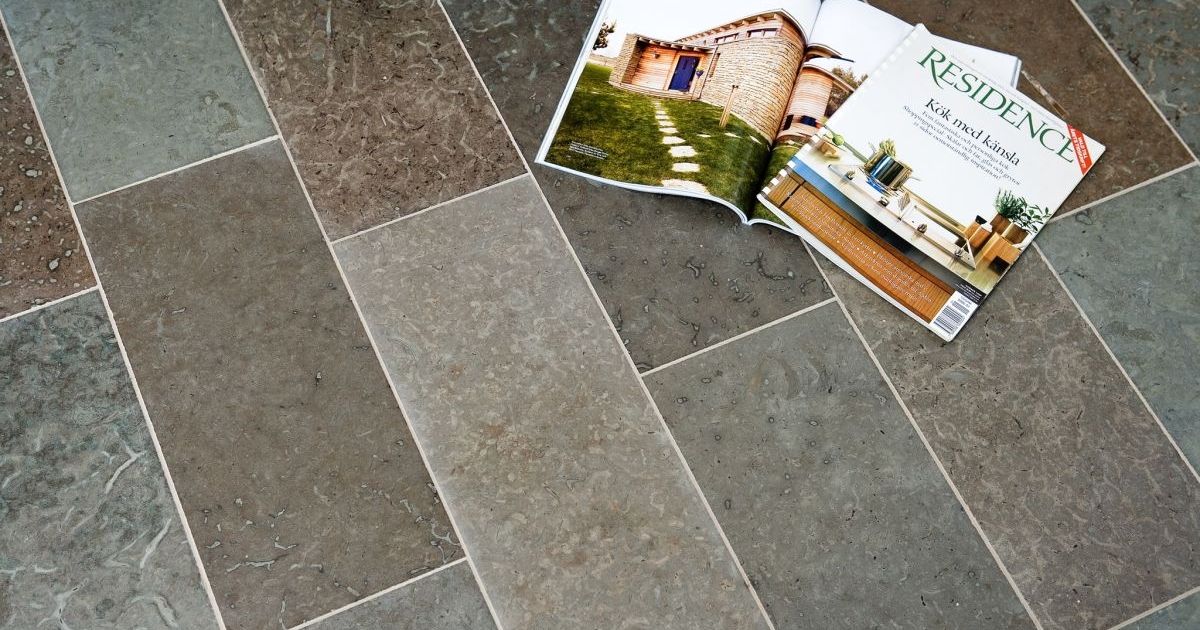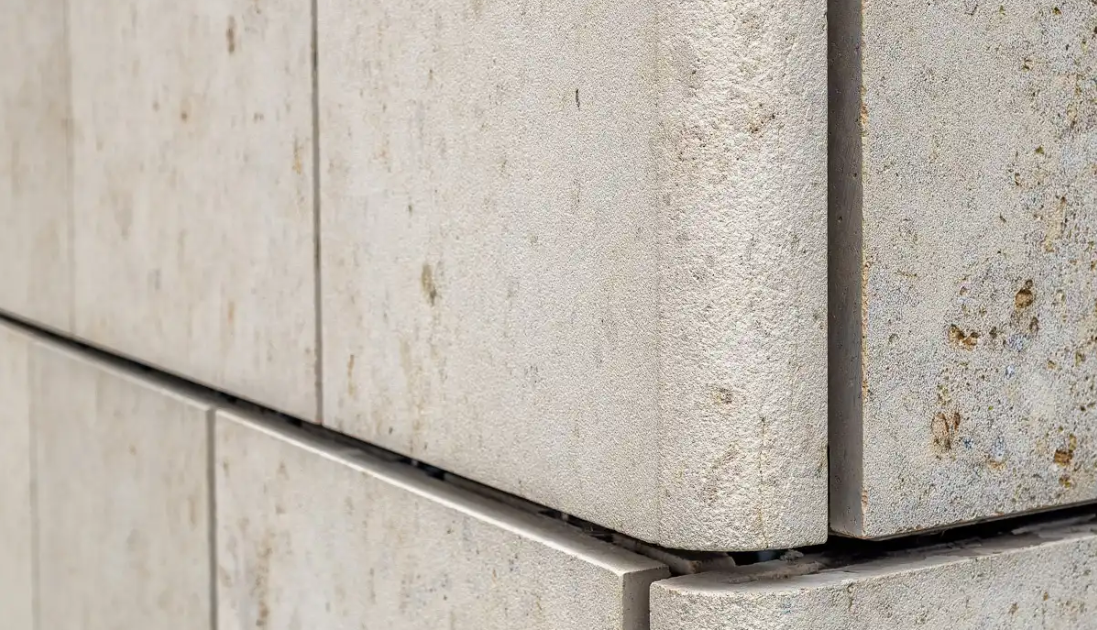Sealing Natural Stone Tiles
Most natural stones are porous and can absorb liquids, leading to staining and discoloration. To prevent this, sealing your stone tiles is essential. A quality stone sealer acts as a barrier, reducing the tile’s absorbency and protecting against spills, moisture, and dirt.
Applying a sealer is a simple process—just wipe it onto a clean surface with a soft cloth or sponge. One litre of sealer typically covers between 12–15 square metres, depending on the stone’s porosity.
How often you need to reseal will depend on the type of stone, the area of application (kitchen, bathroom, outdoor space), and how much traffic it gets. As a general guideline:
Low-traffic areas may only need resealing every 3–5 years.
High-traffic floors or kitchen countertops might require resealing every 1–2 years.
Outdoor stone may need more frequent sealing due to exposure to the elements.
To check if resealing is needed, sprinkle a few drops of water on the surface. If the stone darkens or absorbs the water within a few minutes, it’s time to reapply the sealer.




